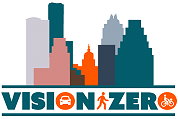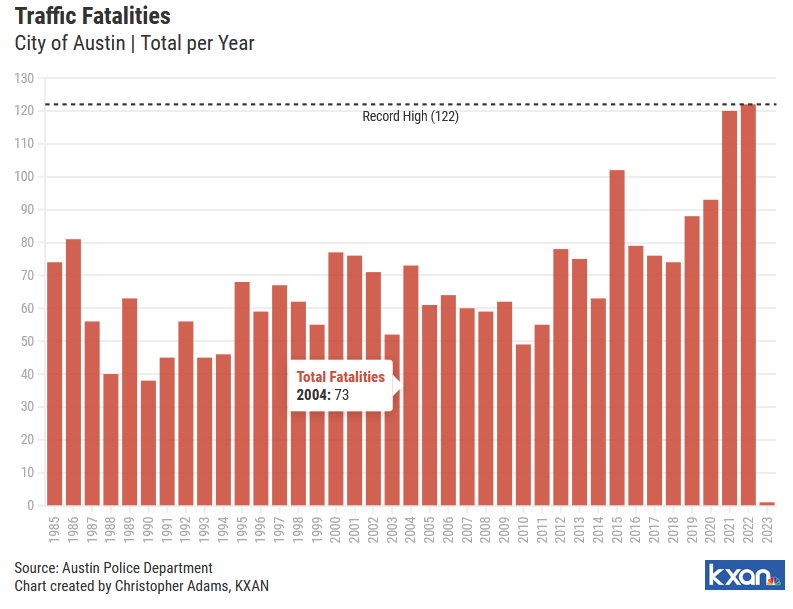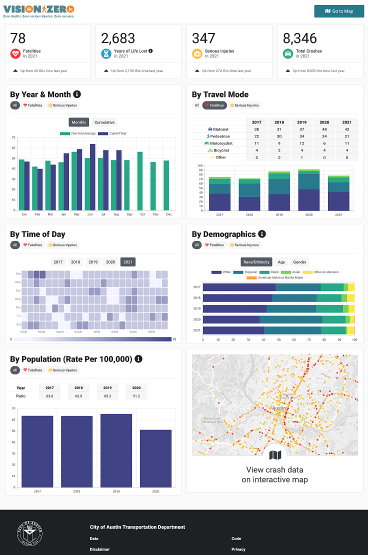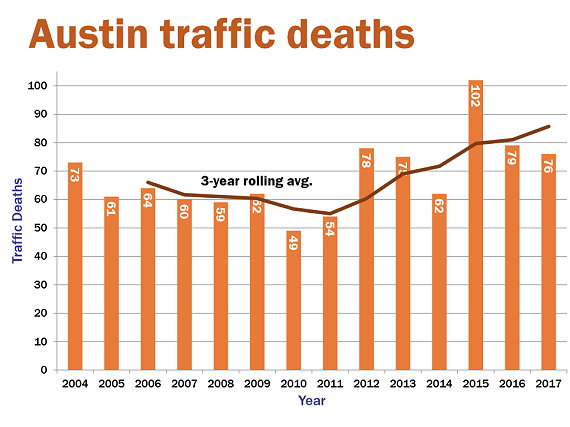 AUSTIN, Texas — The Austin Transportation Department (ATD) says it made great strides in creating more equitable mobility solutions in 2020. In a news update sent on Dec. 28, the department recapped its highlights for the year. “People will look back at the year 2020 decades from now and will note it as the year transportation in Austin fundamentally changed,” said Austin’s Assistant City Manager Gina Fiandaca. “This pandemic showed us what can happen when we manage our transportation demand and get people out of peak commutes. Austinites also voted for more safety, active transportation and transit investments affirming the goals of the Austin Strategic Mobility Plan.”
AUSTIN, Texas — The Austin Transportation Department (ATD) says it made great strides in creating more equitable mobility solutions in 2020. In a news update sent on Dec. 28, the department recapped its highlights for the year. “People will look back at the year 2020 decades from now and will note it as the year transportation in Austin fundamentally changed,” said Austin’s Assistant City Manager Gina Fiandaca. “This pandemic showed us what can happen when we manage our transportation demand and get people out of peak commutes. Austinites also voted for more safety, active transportation and transit investments affirming the goals of the Austin Strategic Mobility Plan.”
“Despite a challenging year, we made great strides in delivering mobility solutions and infrastructure needs Austinites have shown us time and again they value,” Austin Transportation director Rob Spillar said. “The team at ATD has adapted, innovated and made real progress toward our community’s mobility goals.”
Among other projects, ATD efforted:
- 11,434 signs installed or maintained throughout the City
- More than 850 miles of residential streets made safer with reduced speed limits to help achieve Austin’s Vision Zero goals
- 785 parking pay pstations upgraded to the Pay-By-Plate system
- 150 bicycles donated to people in need via the Create a Commuter Program
- 122 traffic signals retimed to create 5% faster average commute
- 100% of traffic signal infrastructure now connected to the Mobility Management Center via fiber and cell modem communications network
- 45 Shop the Block Program permits issued
- 30% average reduction in crashes at intersections with Vision Zero upgrades
- 15.4 miles of new and improved bikeways, including 7.8 miles of protected bikeways
- 11 Safe Routes to School crosswalks installed
ATD also established a first-ever Street Impact Fee, which will “generate capital funding for street improvements throughout the City and provide more predictable costs for developers.” The fees will also allow the City to expand roadway capacity faster and with less reliance on taxpayer-funded bond elections, according to ATD.
In 2020, the department also created a new partnership in collaboration with Capital Metro and Bike Share of Austin to co-manage and expand the BCycle Austin system, now known as MetroBike. ATD also launched the City’s newest Vision Zero tool, the Vision Zero Viewer, which provides visualizations of traffic crash data. According to ATD, for the year 2020, data show more traffic fatalities than in previously tracked years but a decrease in the number of crashes resulting in serious injuries.




